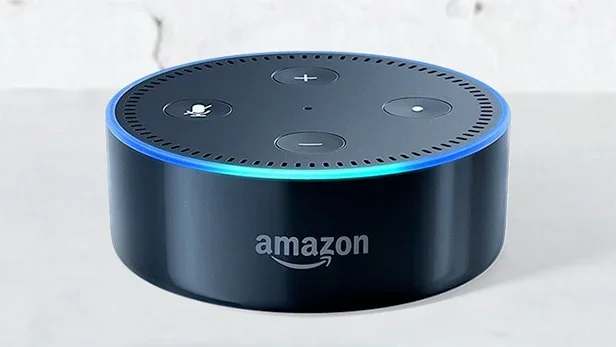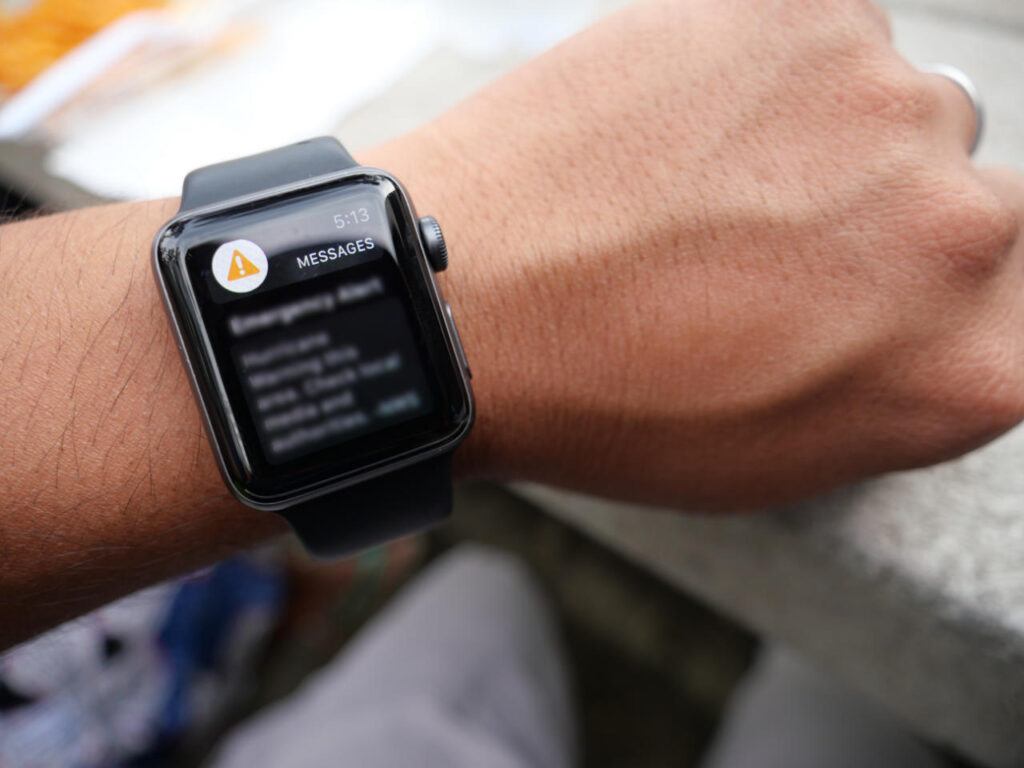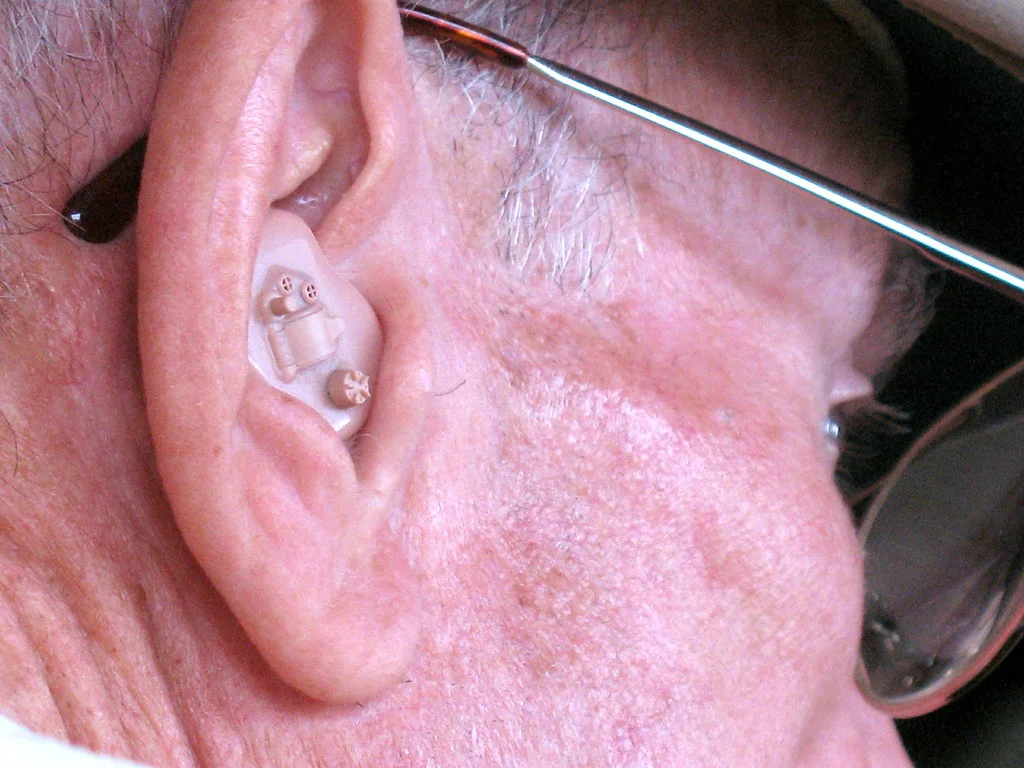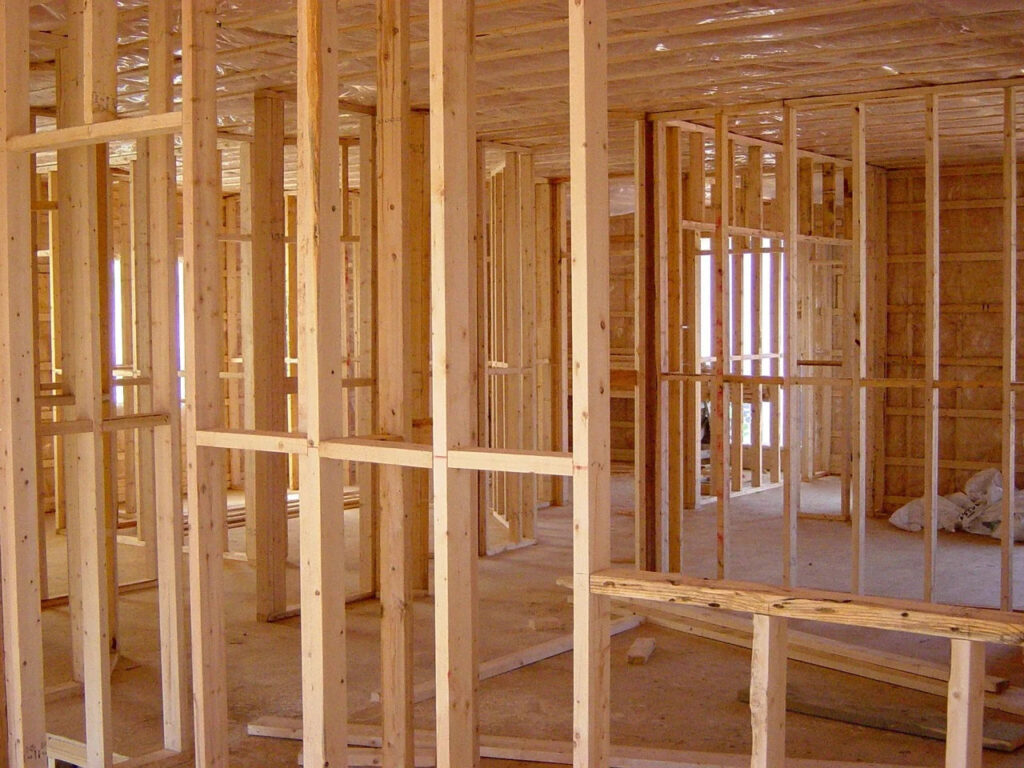MedicalAlertBuyersGuide.org is an independent review site. We may earn money when you click on links on our site. Learn More
Technology For a Better Lifestyle As We Age
As the population ages, we see increasingly more technology designed to make the lifestyle of seniors easier. Assistive technology, as this human-helper type of product is generally called, is everywhere, and a growing market, with a wide range of tools and devices. Whether aiming to assist age-related challenges or simply disabilities at any age, modern technology intends to help humans maintain independence and improve overall quality of life.
From simple, inexpensive gadgets to more significant home modifications, the options are vast and varied, catering to different needs and preferences.
For those with visual or dexterity challenges, large-button phones with simplified menus and amplified sound are a boon, making communication less of a chore. Similarly, lightweight e-readers with adjustable font sizes and built-in lighting offer a comfortable reading experience for book lovers who struggle with traditional print size.

Smart speakers such as Amazon Echo or Google Home allow seniors to control the home environment including lights and thermostat, to access information, set reminders and play music through simple voice commands. These devices eliminate the need to deal with complex interfaces or ask for human help, which opens up developing technology for the impaired.
Ironically, assistive technology helps to use the technology designed by young engineers and marketers who don’t think of the elderly (a significant blind spot in the industry that is taking some time to remedy).
The tools can be simple. For seniors who find using touch screens a challenge, tablet stands and styluses can help, enabling easier browsing, reading, and involvement in forums and even gaming. And for health management, scheduler and reminder apps, or purpose-built devices, ensure that the right medications are taken at the right time, a critical aspect of health care in the elderly – we tend not to realize how this simple technology has relieved a significant burden for seniors and caregivers.

Wearable health monitors are increasingly able to track vital signs, detect falls and encourage physical activity, and this capability has extended to voice-controlled home automation systems. Much of this can be voice controlled, or automatically activated. Personal Emergency Response Systems (PERS) provide a direct link to emergency services, ensuring that help is just a button press away in case of a fall or other emergencies.

Hearing is another common challenge in the aging population. Modern hearing aids, equipped with noise-canceling features and customizable settings, significantly improve the quality of life for those with hearing impairments. Mobility aids such as scooters and lightweight wheelchairs are continually improving, enabling seniors to move around more freely and better maintain independence and social connections.

Home remodeling as part of the plan for aging in place will include traditional improvements that still can be called assistive technology. This could include installing ramps, widening doorways, or adding grab bars in strategic locations such as bathrooms. These modifications make a home more navigable and safe, reducing the risk of falls and injuries.
Stair lifts and home elevators are invaluable for seniors living in multi-story homes, and the investment cost can be compensated by staying in the (already paid for) family home for a longer time. Add newer technology with comprehensive smart home systems to integrate various functionalities, from security and lighting to health monitoring, into one, easy-to-use platform. This centralization of control can greatly simplify daily routines for a senior, offering both convenience and safety.
At the leading-edge, companion robots are a frontier technology, developing with artificial intelligence to mimic human interaction, and even at the highest end performing physical, robotic functions. The robotic future can assist with tasks, monitor health and provide a unique blend of social interaction and practical help.
Helping people, and especially seniors, through technology is a rapidly evolving field, with a growing array of options designed to meet diverse needs. From simple devices that make daily tasks easier, to holistic solutions that transform living spaces, the goal remains to enable seniors to live independently and with dignity, surrounded by the comfort and familiarity of their own homes. This future is already happening and available now, allowing us all to enjoy our later years with greater ease and security.
